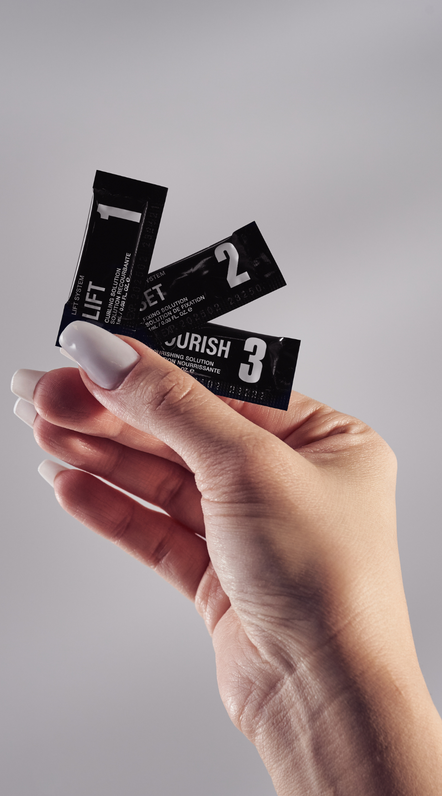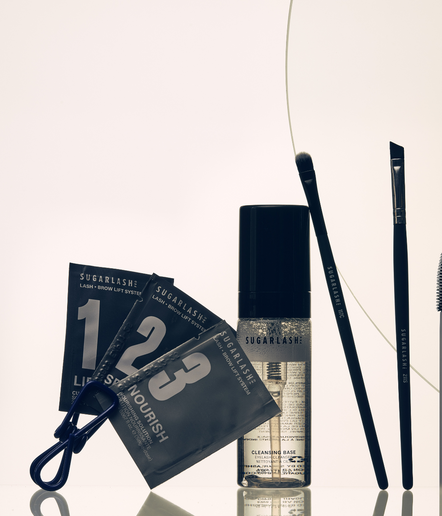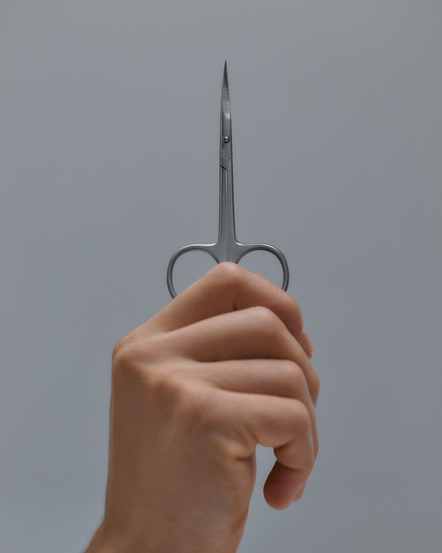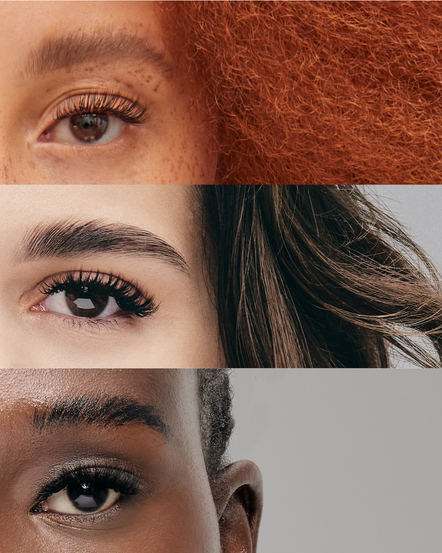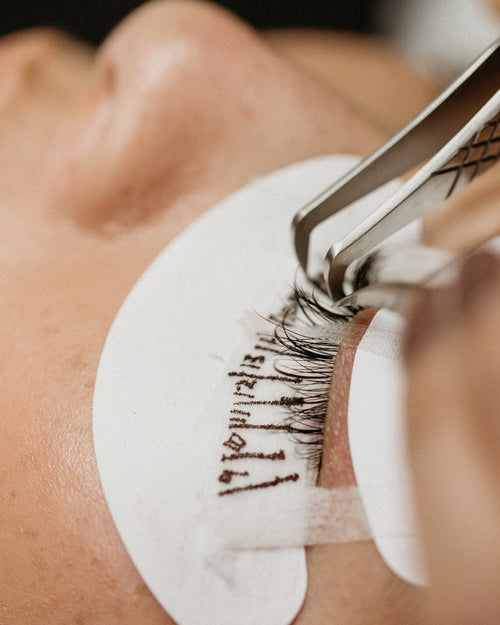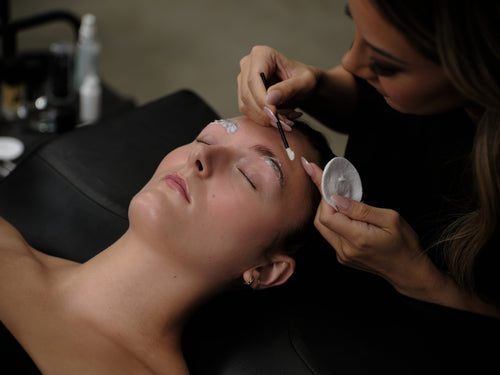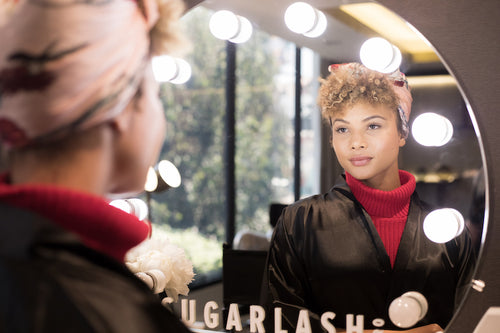As a lash tech, your goal is to enhance your client's natural beauty. Achieving symmetry and balance is crucial in creating a flawless and flattering lash set. This blog post will delve into the importance of symmetry and balance, what to look for, and how to achieve it.
Why Is It Important to Focus On Symmetry and Balance in Lash Sets?
- Enhances Natural Beauty: Symmetrical lashes accentuate the eyes, making them appear more open and captivating.
- Correcting Asymmetries: Many faces have natural asymmetries. Skillful lash application can help balance these out, creating a more harmonious look.
- Boosts Confidence: Clients feel more confident when their lashes (and face) look balanced and beautiful.
- Showing Off Your Skills: Attention to symmetry and balance showcases your expertise and attention to detail as a lash tech.
What to Look For:
Before you begin applying lashes, take a moment to observe your client's eyes. Consider the following:
- Eye Shape: Is it almond-shaped, round, hooded, or downturned etc?
- Natural Lash Length and Density: This may vary across the lash lines of both eyes.
- Facial Features: Consider the distance between the eyes, eyebrow shape, and overall facial structure.
- Asymmetries: Note any differences in eye shape, size, or lash growth.
How to Achieve Symmetry and Balance:
- Client Communication: Discuss the desired look with your client beforehand. Explain your process and address any concerns they may have.
- Mapping: Meticulous mapping is essential. Plan your lash design based on your client's eye shape and desired look. Consider different lengths, curls, and thicknesses to create balance.
- Directional Placement: Ensure each lash extension is placed in the same direction as the natural lash, maintaining a neat and uniform appearance.
- Adjusting for Asymmetries: Use different lengths, curls, or mapping techniques to create the illusion of symmetry. For example, slightly longer extensions on the outer corner of a smaller eye can make it appear larger.
- Equal Distribution: Apply extensions evenly across the lash line, avoiding gaps or overly dense areas.
- Stepping Back: Periodically step back to assess the overall look. This helps you maintain perspective and ensure both eyes are balanced.
- Practice: Consistent practice on different eye shapes is crucial for developing your skills and eye for detail.
Pro Tip:
Take photos! Before and after photos are a great way to assess your work, track your progress, and showcase your skills to potential clients.
By mastering symmetry and balance, you can create stunning lash sets that leave your clients feeling beautiful and confident. Remember, attention to detail and careful observation are key!





